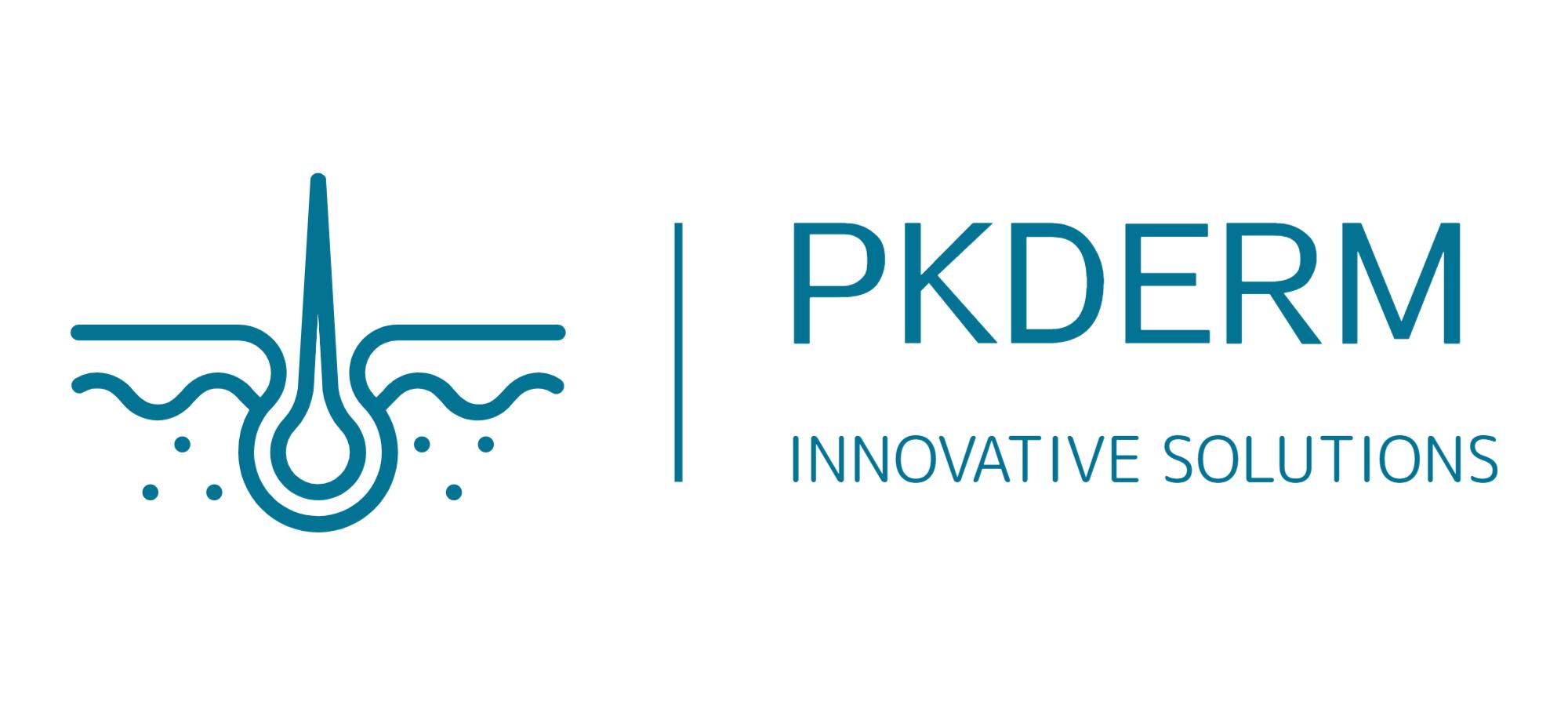OpenTox Virtual Conference 2021 Session 4
Validation of the reconstructed human skin micronucleus (RSMN) assay to follow-up positive results from standard in vitro genotoxicity assays
Current regulatory in vitro test batteries to assess the genotoxic potential of a substance, for example as recommended by the EU Scientific Committee on Consumer Safety for genotoxicity testing of cosmetic ingredients, consist of two to three in vitro tests, comprising the Ames and in vitro micronucleus tests. While these batteries have high sensitivity for the prediction of in vivo genotoxic/carcinogenic substances, they are over-predictive. This results in misleading positive results that trigger unnecessary follow-up animal studies or the loss of promising substances where animal tests are prohibited or not desired.
Therefore, new in vitro models have been established as follow-up assays to improve the prediction in the absence of in vivo data. The reconstructed skin (RS) Comet and RS micronucleus (RSMN) assays were designed for topically exposed chemicals, whereas the hen’s egg micronucleus test (HET-MN) was developed for use scenarios that more readily lead to systemic exposure.
Following international requirements, Cosmetics Europe organized and managed the validation of the RSMN using the MatTek Epi-200™ skin model. Based of 43 independently selected chemicals with high-certainty reference results, the sensitivity of 75% and specificity of 84% were determined, resulting in an accuracy of 80%. In addition, the RSMN was shown to be well reproducible within (84%) and between laboratories (77%). In addition, an analysis of a test strategy using the RSMN assay and a reconstructed skin the Comet assay resulted in a sensitivity of 89%. Based on these results, we consider the RSMN to be sufficiently validated as a higher-tier assay for the assessment of the genotoxic potential of substances with primarily dermal exposure.
S. Pfuhler1, S. Hoffmann2, J. Kenny3, G. Ouédraogo4, B. A. Wall5, N. J. Hewitt6, R. Fautz7, K. Reisinger8, Arianna Giusti6
- Procter & Gamble, Global Product Stewardship, Cincinnati, Ohio, United States of America
- seh consulting + services, Paderborn, Germany
- GSK, Ware, United Kingdom
- L'Oréal Research & Innovation, Aulnay-Sous-Bois, France
- Colgate-Palmolive Company, Piscataway, New Jersey, United States of America
- Cosmetics Europe, Brussels, Belgium
- Kao Europe Research Laboratories, Darmstadt, Germany
- Henkel AG & Co. KGaA, Düsseldorf, Germany
CV: Sebastian Hoffmann is running the independent consultancy ‘seh consulting + services‘ in Paderborn, Germany, since 2009, specialised in validation and assessment of new approach methods (NAM) and test strategies, in the regulation of chemicals (REACH) and cosmetic ingredients and evidence-based toxicological methods.
Being a statistician by training, he received a Ph.D. from the University of Konstanz (Germany) in 2005. Since 2017, he is a European Registered Toxicologist. His research activities focus on methodological challenges in the assessment of in vitro tests, the construction and evaluation of integrated testing strategies in the context of chemical hazard and risk assessment, and in exploring the application of evidence-based approaches to toxicology.


